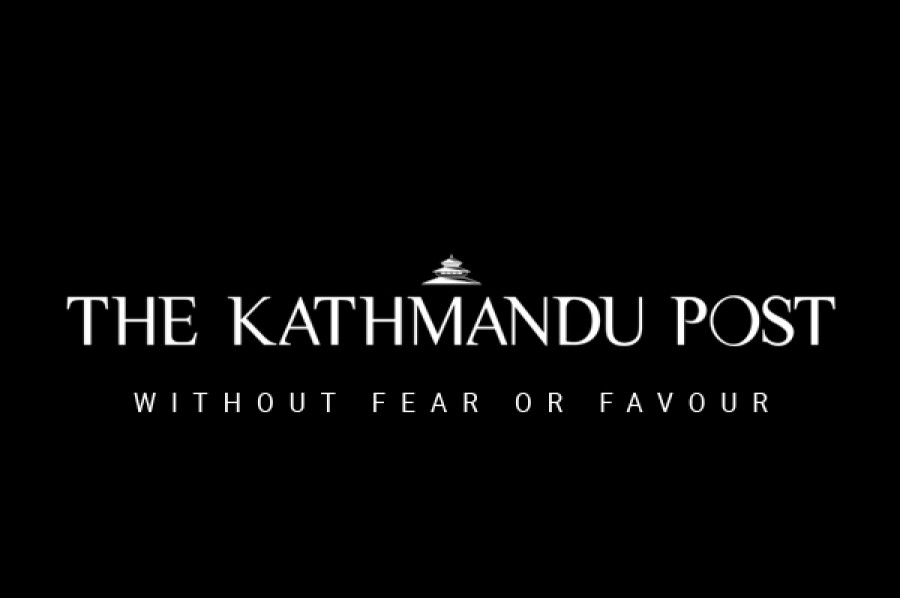National
Substandard infrastructure in Jajarkot schools affects students
Substandard level of infrastructure in public schools and lack of teachers have affected the quality of education imparted in these schools. Around 85 percent of community schools in the district lack physical infrastructures to support the quality of teachings in classrooms.
Bhim Bahadur Singh
Substandard level of infrastructure in public schools and lack of teachers have affected the quality of education imparted in these schools. Around 85 percent of community schools in the district lack physical infrastructures to support the quality of teachings in classrooms.
Both teaching and learning has been affected because of poor infrastructures of the schools, shortage of skilled teachers and lack of proper monitoring in these schools. Most of the schools in the district are facing shortage of school buildings, toilets, drinking water, playground, furniture, computer labs and library among others.
There aren’t enough classrooms to accommodate the number of students, which is compelling students to study under the open sky. There are 68,000 students studying in 433 community schools in Jajarkot—all of which lack the basic amenities necessary to support quality education. At most schools, the teacher-student ratio stands at 1:60, raising concerns about the attention each student receives from teachers on a daily basis. As per the data of the Education Development and Coordination Unit (EDCU), there’s shortage of 200 secondary level teachers and 674 basic level teachers in the district.
The EDCU, which is responsible for the smooth operation of community schools, is also reeling under pressure of a shortage of staff. The office is manned by only the chief and a technical assistant. Sudhinraj Budhathoki, chief at EDCU, said that given the lack of human resources the unit hasn’t been able to do their bit in elevating the level of education in community schools in the district. According to the EDCU, 870 more teachers are needed to complement the teacher to student ratio in the district.
There are a total of 1,365 teachers working in the schools. Among them, 822 teachers are government appointed and 545 teachers are employed under the relief quota. To bridge the gap between teacher to student ratio, most community schools have hired private teachers but according to Man Bahadur Giri, a school inspector, these teachers cannot be expected to devote themselves to their jobs since their remuneration they receive is minimum.




 17.67°C Kathmandu
17.67°C Kathmandu









%20(1).jpg&w=300&height=200)





